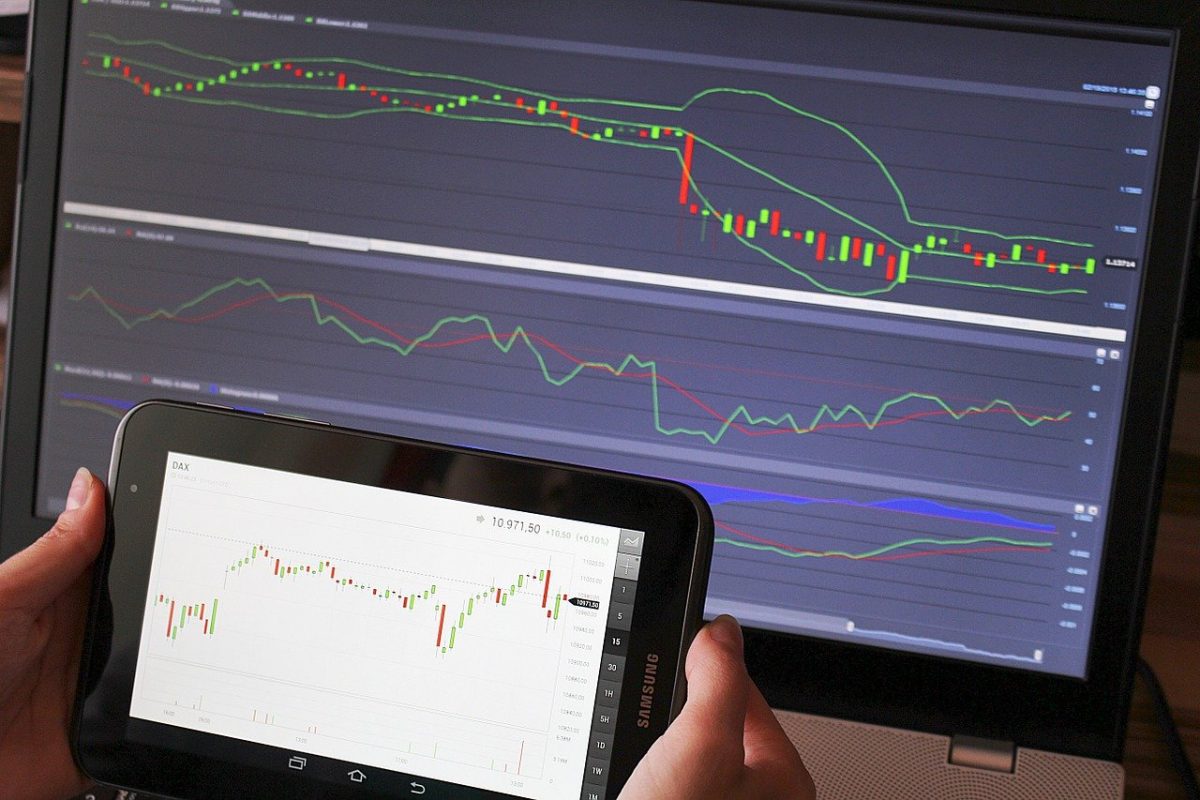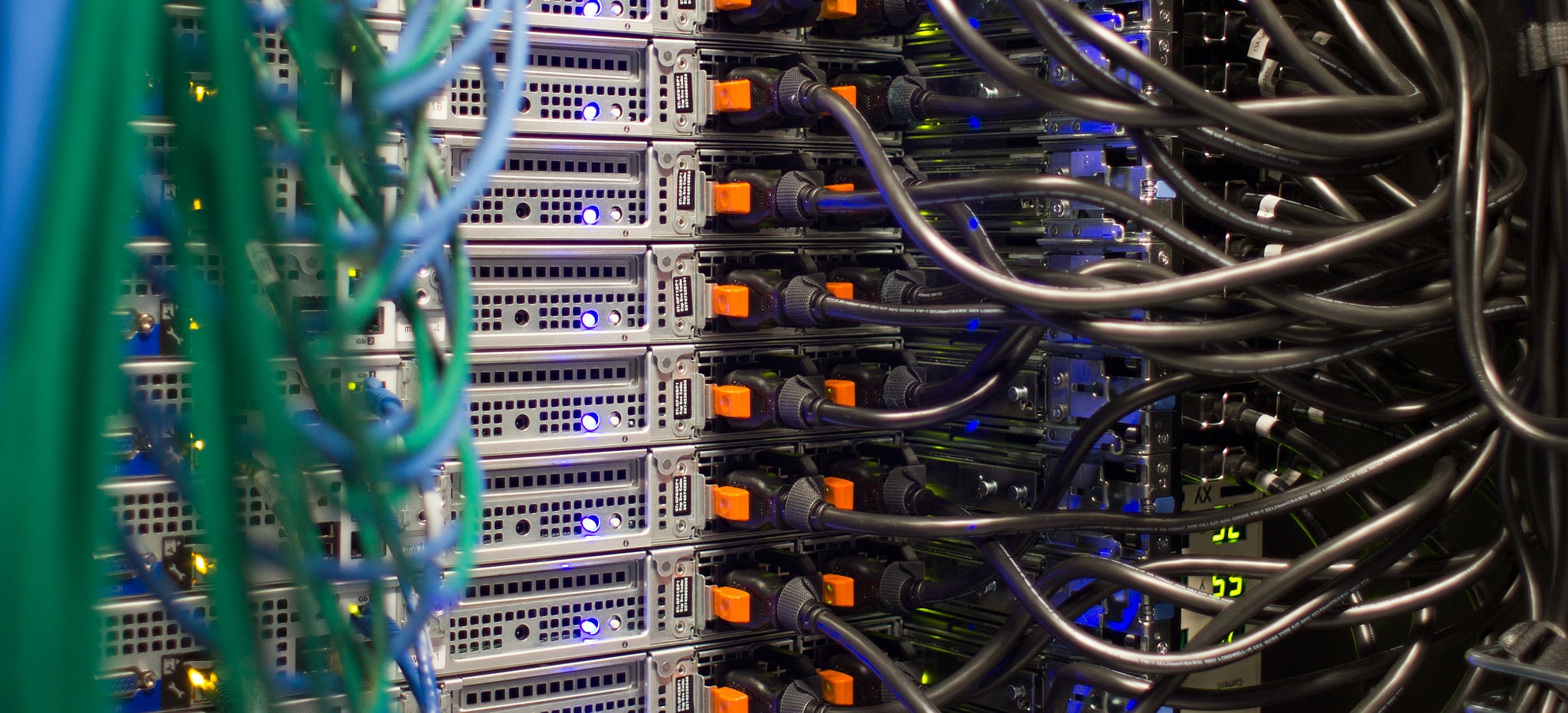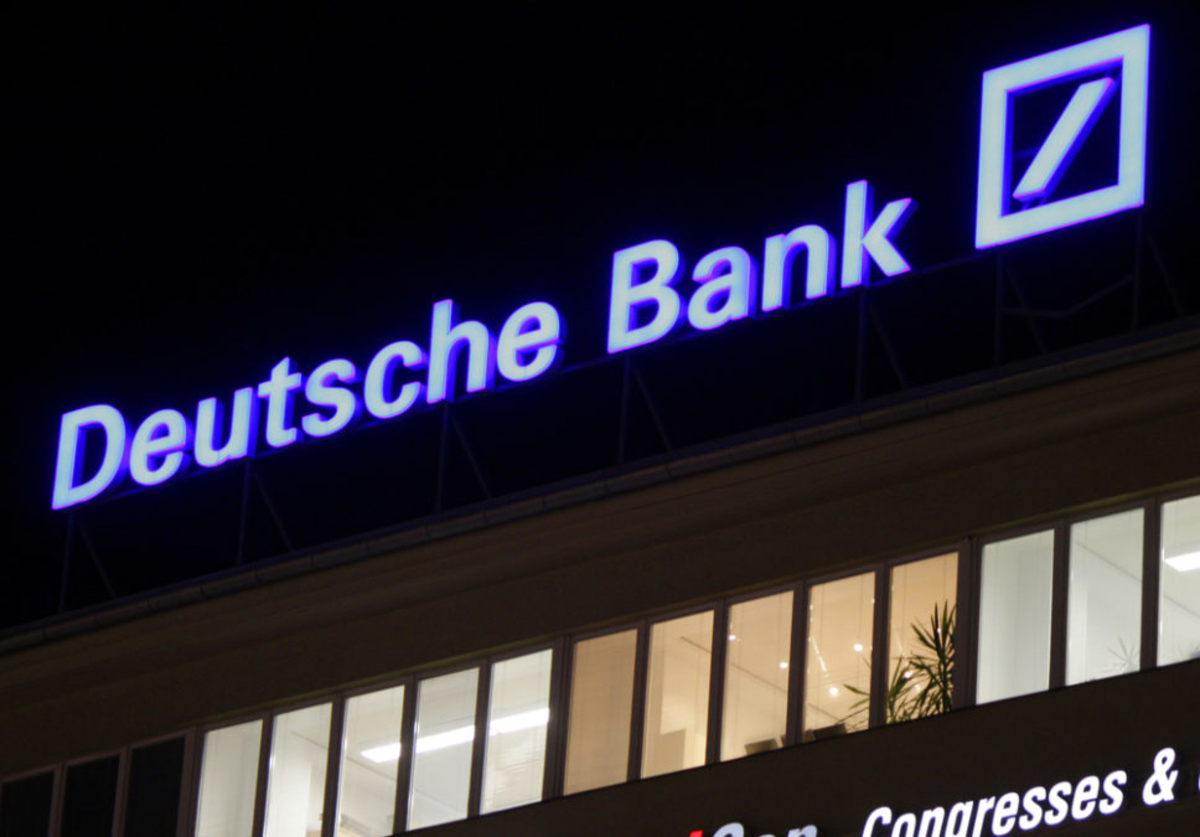What is Blockchain Technology and How Does it Work?

In the last few years, there has been a lot of talk associated with blockchain technology, mostly because of the popularity of cryptocurrencies like Bitcoin. If you want to become a part of the digital world, it is vital for you to understand exactly what blockchain is, how the technology is used and how it works. It is being regarded as the technology of the future, so the onus is on you to learn more about it. Let’s get started:
What is Blockchain Technology?
The term blockchain technology defines a structure that maintains transactional records, which are also called blocks, of the public in various databases that are called ‘chain’. This is done in a network that’s connected via peer-to-peer nodes. This storage is known as a ‘digital ledger’. The owner’s digital signature authorizes every transaction in the ledger, which authenticates the transactions and protects it from tampering. Thus, you can rest assured that the information that’s contained in the digital ledger is highly secure.
Put simply, the digital ledger is similar to a Google spreadsheet, which is shared amongst the various computers in a network, and the transactional records are kept based on actual purchases. The best thing about it is that the data can be viewed by everyone, but no one can corrupt it at all.
What Makes Blockchain Popular?
When you have to transfer money to your family or friends via your bank account, you will have to make use of online banking and use the recipient’s account number for making the transfer. The transaction records are updated by the bank when the transaction is complete. This seems simple enough, but there are some issues that most people neglect. It is very easy to tamper with these kinds of transactions and those who are aware of the risk prefer to use third-party applications instead. However, this vulnerability is the primary reason why blockchain technology was developed in the first place.
Blockchain is defined as a digital ledger, which has gained a lot of traction and attention, but what makes it so popular? One of the most crucial aspects of business is maintaining records of data and transactions and this information is either handled in-house or sent through a third party, such as bankers, brokers, or lawyers, which increases cost, time, or both. Luckily, blockchain can help in avoiding this long process and also facilitate the quicker movement of transactions, thereby saving both money and time.
A lot of people are under the misconception that Bitcoin and Blockchain can be used interchangeably, but that’s not really the case. Blockchain basically refers to the technology that’s capable of supporting numerous applications that are related to various industries like manufacturing, supply chain and finance. In contrast, Bitcoin is a currency that depends on Blockchain technology for remaining secure.
Advantages of Bitcoin Technology
An emerging technology, Blockchain offers a number of advantages in a world that’s becoming increasingly digital. Some of the prominent ones are:
Highly secure
Blockchain technology uses a digital signature feature that allows it to conduct fraud-free transactions, which makes it impossible to change or corrupt the data of an individual by any other users unless they have a specific digital signature.
Decentralized system
In the conventional system, you require the approval of regulatory authorities, such as a bank or government, for transactions. But, when it comes to blockchain, the transactions are conducted with the mutual consensus of users, thereby resulting in safer, smoother, and faster transactions.
Automation capability
Blockchain is programmable and when the criteria of the trigger is fulfilled, it can generate systemic events, actions, and payments automatically.
How Does Blockchain Technology Work?
In the last few years, a number of businesses have begun to integrate blockchain technology, but the question is how does it work? There are three leading technologies that make up blockchain, which are cryptographic keys, a peer-to-peer network that contains a shared ledger, and a means of computing for storing the records and transactions of the network.
There are two keys that are part of the cryptography keys; public key and private key. These keys can come in handy in performing transactions successfully between two parties. Every individual has a private and public key and they use it for producing a digital identity reference. The most vital aspect of blockchain technology is this secured identity. This identity is defined as the ‘digital signature’ in the world of crypto and it is used for controlling and authorizing transactions.
This signature is merged with the peer-to-peer network, which is a large number of people acting as authorities and using the signature for reaching a consensus on transactions. Cryptography keys are used by blockchain users for performing different types of digital transactions across a peer-to-peer network.
The Process of Transactions
The way blockchain technology confirms and authorizes transactions is one of its most prominent features. For instance, if two people wish to perform a transaction with a public and private key, the first person would attach the information of the transaction to the second person’s public key. All of this information is put together in a block. It comprises of a timestamp, digital signature, and other relevant and important information. It is important to note that the block doesn’t include the identities of the people that are involved in the transaction.
Then, the block is transmitted across all of the nodes of the network and the transaction will be confirmed successfully when the right person uses their private key to match it with the block. The blockchain doesn’t just conduct financial transactions, but can also hold transactional details of vehicles, properties, and more.
Hash encryptions
Hash encryptions are used by blockchain technology for securing the data and it mainly relies on the SHA256 algorithm for keeping the information secure. This algorithm transmits the sender’s address (public key), the receiver’s address details of the private key, and the transaction. The encrypted information is referred to as hash encryption and it is transmitted globally and added to the blockchain after verification is complete. Hacking the hash encryption is nearly impossible because of the SHA256 algorithm, which makes the receiver and sender’s authentication simple.
Proof of work
There are four main headers that can be found in each block of the blockchain. The first is the previous hash, which locates the previous block. The next header is transaction details where you can find all the information about the transactions that have to occur. Then comes the Nonce, which is an arbitrary number that’s given in cryptography for differentiating the hash address of the block. Then, there is the hash address of the block. All of the aforementioned details, such as transaction details, previous hash, and nonce are transmitted via a hashing algorithm.
This provides an output, which contains a value that’s 256-bit and 64 character length and is referred to as the ‘hash address’. Thus, it is known as the block’s hash. A lot of people try to figure out the correct hash value for meeting a pre-determined condition by making use of computational algorithms. When this predetermined condition is fulfilled, the transaction is completed. To put it simply, blockchain miners try to solve a mathematical problem known as a proof-of-work problem and whoever solves it first receives a reward.




















